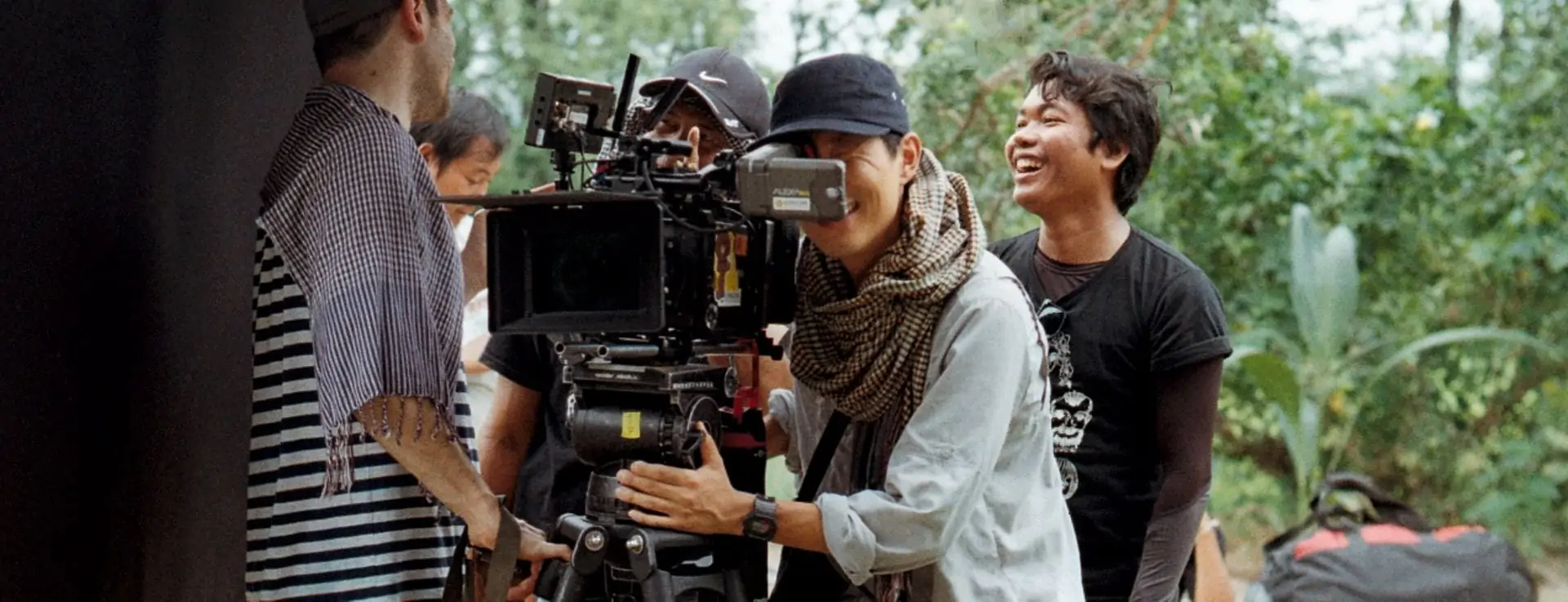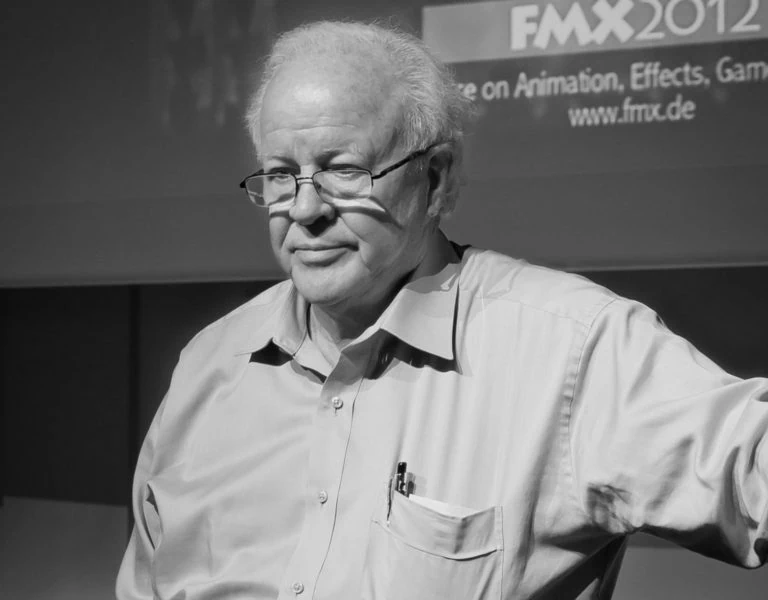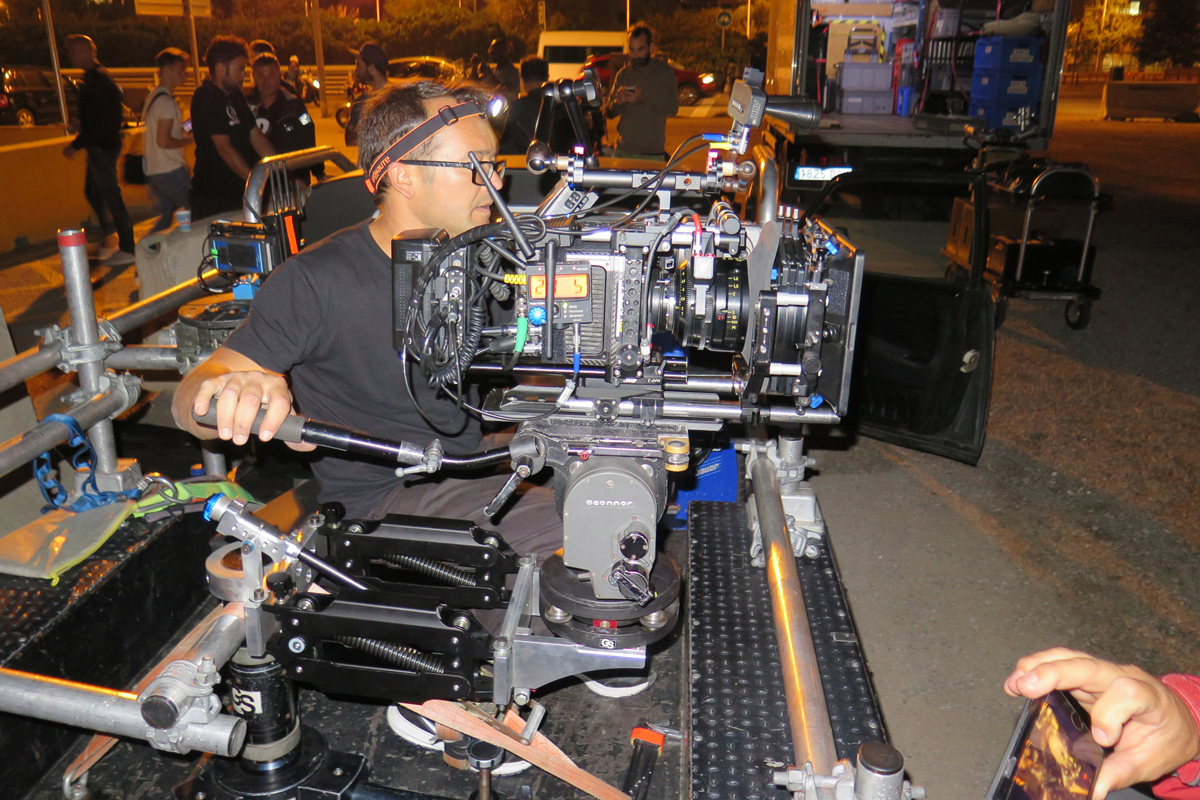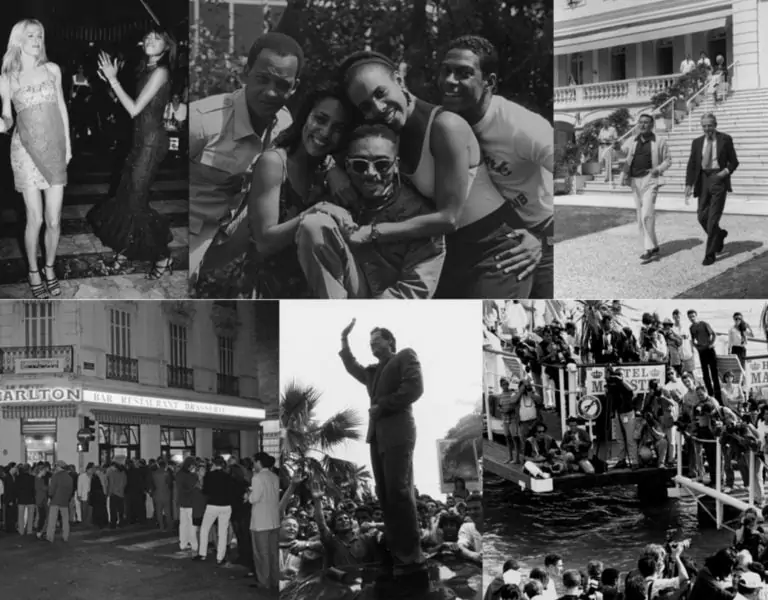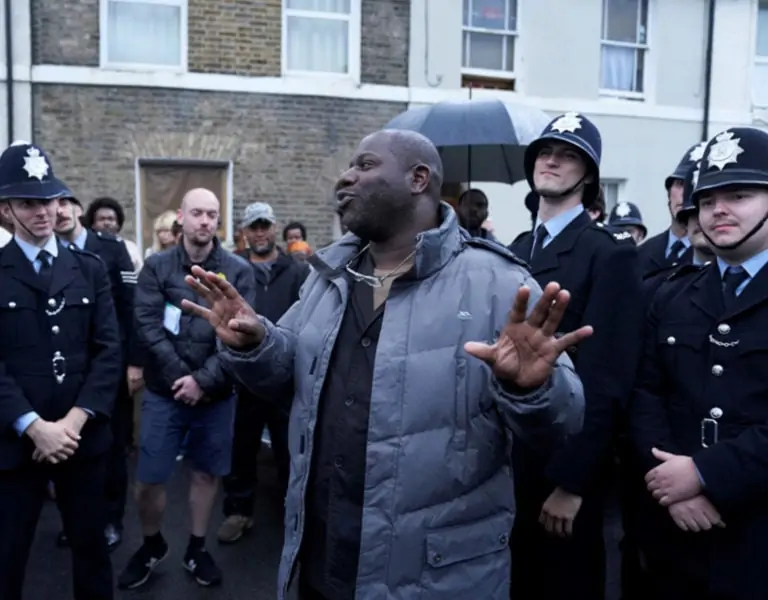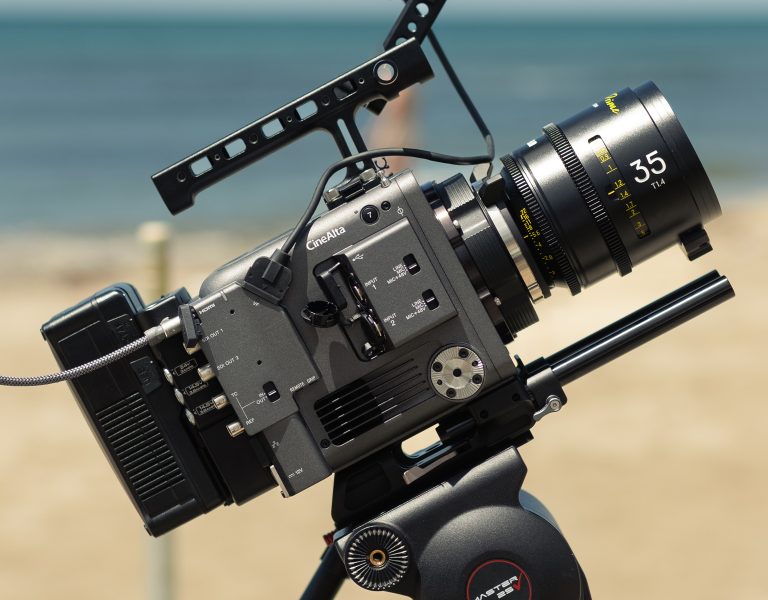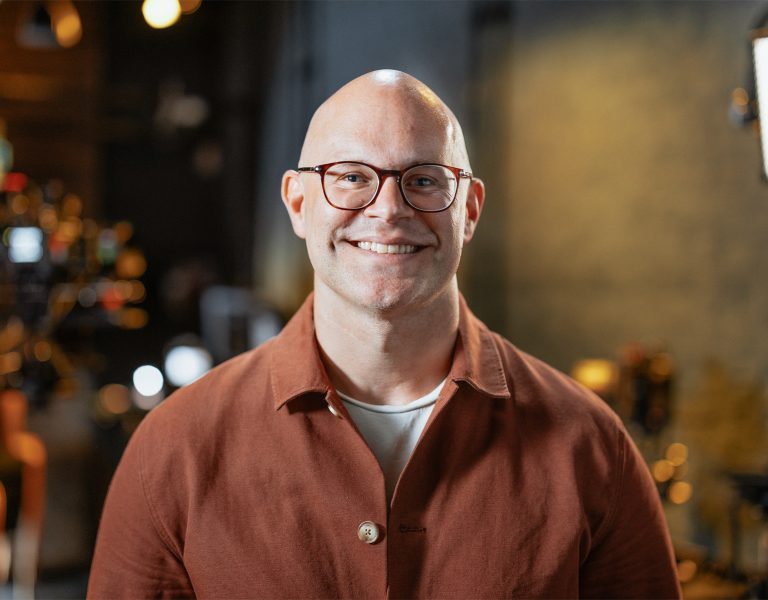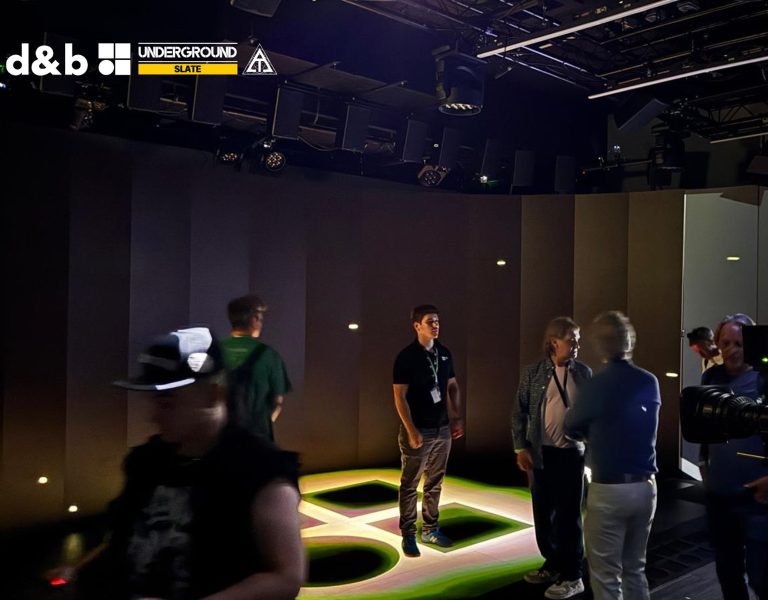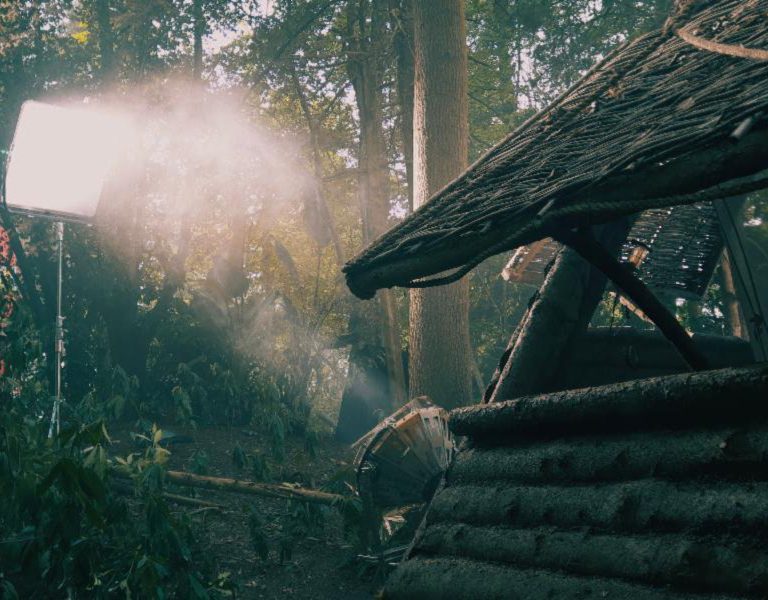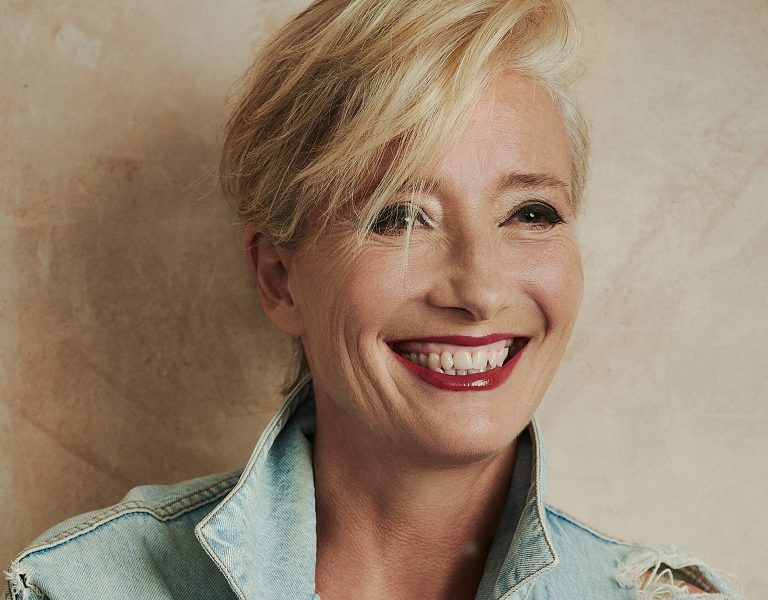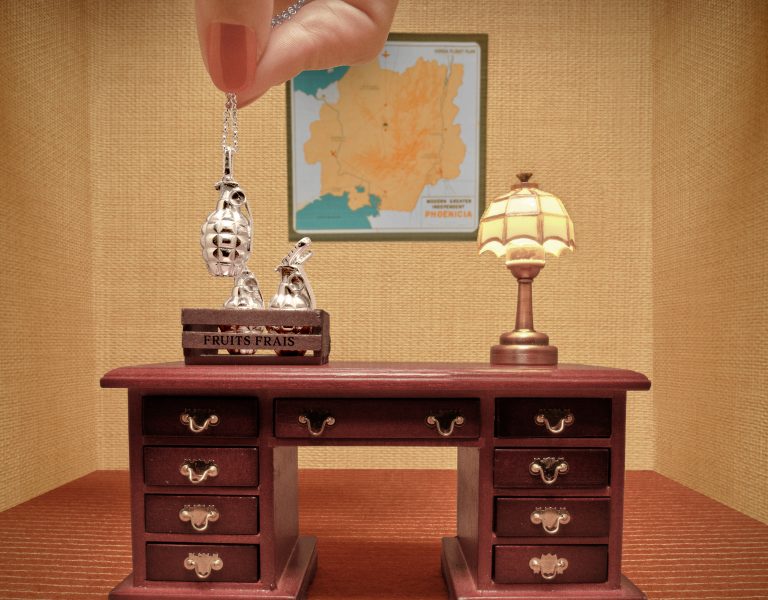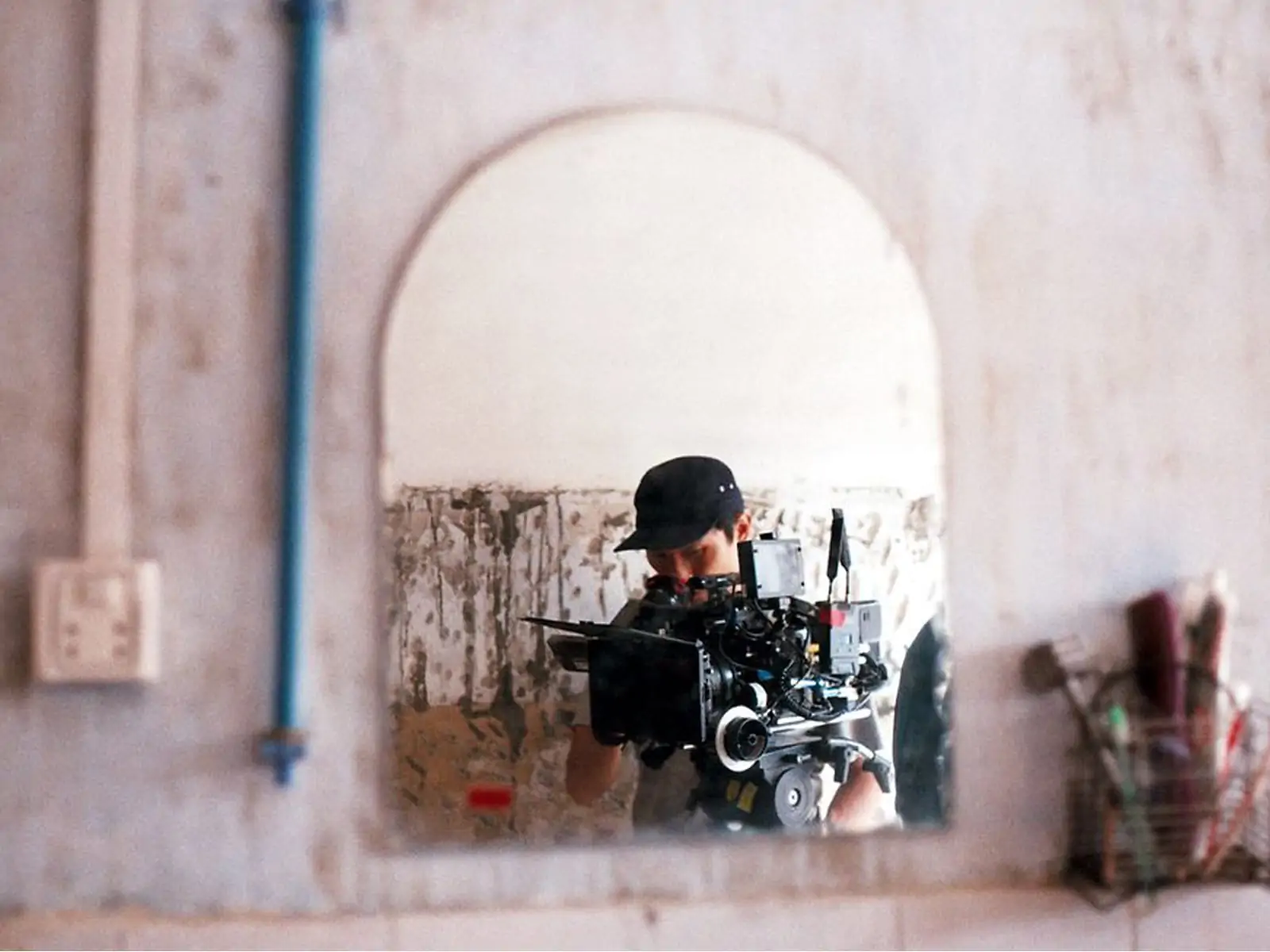
White Building, Cambodia’s submission to the Oscars Best International Feature, has been making its rounds and gaining recognition at the world’s biggest film festivals. The family drama follows 20-year-old dance enthusiast Samnang as he faces sudden changes in his life while his home, Phnom Penh’s landmark tenement White Building, awaits demolition. Cinematographer Douglas Seok provides a glimpse into what occurred behind the scenes.
“Our approach had always been to give the audience a sense of the building’s spirit. It wasn’t necessarily about specific architectural details, but more of what the tenement meant to the community and how it became a symbiotic living organism,” says Seok. “We weaved together two separate buildings, Pasteur and Psar Tapang, to recreate the now-demolished White Building, and it helped us let the characters breathe and have a life of their own. We wanted to honour the original building instead of trying to replicate it.”
Seok and his crew, the Anti-Archives production company, drew inspiration from their previous features and shorts, such as New Land Broken Road, and Turn Left, Turn Right which explored many of the same themes. Through their past projects, they were able to inject the right mix of dance, youth, family, and social issues into the film. “I think we had collectively developed a sense of tone, timing, and intuitive feel. When it came to shooting White Building, we already had a strong foundation, and nothing was off-limits—so we pushed ourselves even more,” mentions Seok.
In achieving his and his team’s vision, they found the ARRI ALEXA Mini to be a reliable partner; the only one available in Cambodia at that time. Seok reveals, “When we heard that Producer Loy Te and Kongchak Pictures had an ALEXA Mini, we immediately felt that it was the camera for us, due to its superior image quality and robust build. It had already accumulated many hours of shooting under the hostile climate, but it never failed us. With so many variables to consider, I knew the Mini would be very dependable; it became my centre of calm. There were nights of difficult shoots, but I remember always feeling a sense of calm when I hit record, having my eye on the viewfinder and the warmth of the camera next to my face.”
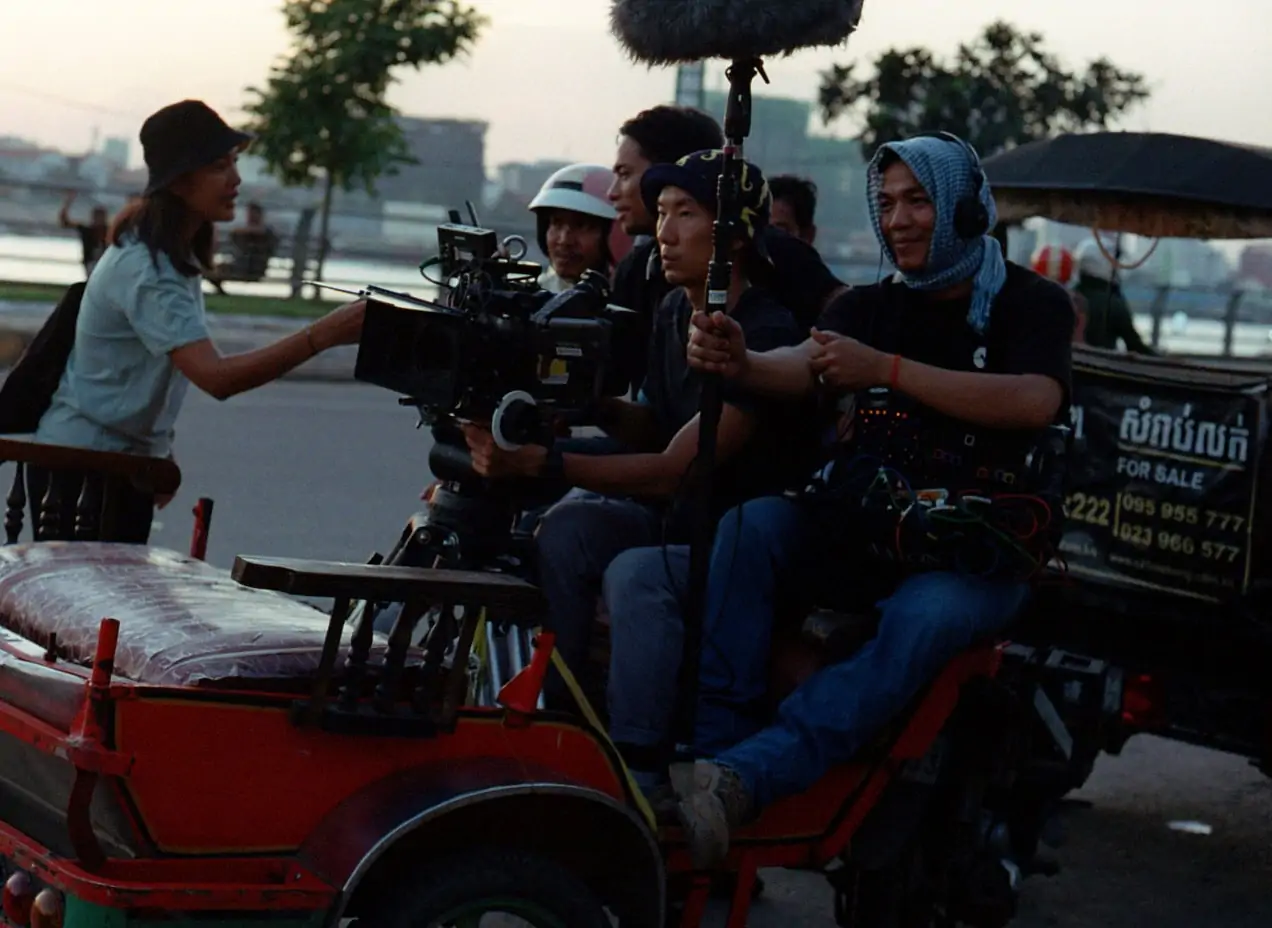
“In a place like Cambodia, where the light can be excessively harsh, filming in buildings that are designed in a way that cast extreme shadows makes the area practically pitch-black. Even so, the Mini could capture the latitude that was crucial to the texture of the film. The title implies how important the buildings are to the point where they are central characters themselves, and the Mini gave me the confidence to push the extremes on both ends,” Seok continued.
White Building has been several years in the making, born out of the pursuit of pure creativity and an imaginative spirit by a young and diverse crew who came together for the love of cinema. Seok and Anti-Archives are among many local filmmakers who aspire for the continuous rise of Cambodia’s film industry. Seok comments, “As technology has advanced, it’s given a new generation of filmmakers accessibility to create. I am so happy that there is exposure to emerging talents in the country. I hope it brings awareness to the global community that there are many talented artists in Cambodia who are inspired to tell their stories.”
The evolution of cinematography and image-capturing technology has also given local filmmakers the proper tools to explore ideas without worrying about equipment breakdown. Seok explained: “The one fundamental aspect that has to be acknowledged is that the build quality has improved so much. Cambodia’s climate was probably not the default setting for many camera manufacturers. But, with sensors continuously evolving, we can now capture the beauty of Cambodia, not only how the sun shines and reflects in the country but even more so at night when the world transforms into yet another beautiful organism.”
